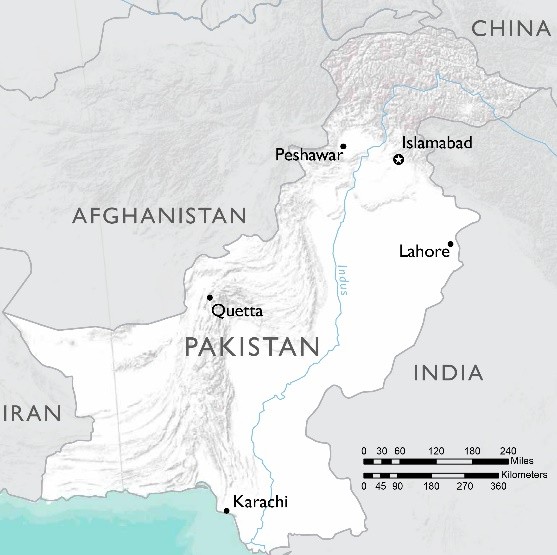Home » What We Do » Agriculture and Food Security » Food Assistance » Country Fact Sheets » Food Assistance Fact Sheet - Pakistan
- What We Do
- Agriculture and Food Security
- Democracy, Human Rights and Governance
- Economic Growth and Trade
- Education
- Ending Extreme Poverty
- Environment and Global Climate Change
- Gender Equality and Women's Empowerment
- Global Health
- Water and Sanitation
- Working in Crises and Conflict
- U.S. Global Development Lab
August 11, 2017
Food Security Situation

- In Pakistan, the poorest and most vulnerable members of the population cannot afford a sufficient and nutritious diet. Ongoing conflict between the Government of Pakistan (GoP) and militant groups, recurrent natural disasters—including drought and floods—and a lack of basic health and nutrition education complicates household access to food and livelihood opportunities.
- Malnutrition is prevalent in Pakistan and causes excess disease and deaths among children. According to the UN, 45 percent of Pakistani children under 5 are stunted, 32 percent are underweight and 15 percent suffer from acute malnutrition.
- In the tribal areas in the northwestern region of the country, government security operations and ongoing violence have caused large-scale displacement. As of June 2017, more than 46,100 families remained displaced in the Federally Administered Tribal Areas (FATA) and Khyber Pakhtunkhwa (KPk), according to the UN.
- Two consecutive years of strong harvests have bolstered Pakistan’s food supply, resulting in stable prices for staple commodities, including wheat, wheat flour and rice. However, the UN Food and Agricultural Organization (FAO) reports that an ongoing drought has aggravated food insecurity in Pakistan’s southeastern region. According to the UN World Food Program (WFP), more than 113 million people—60 percent of the country’s total population—remain food insecure.
Food Assistance Response
- In Fiscal Year (FY) 2017 USAID’s Office of Food for Peace (FFP) has contributed $38 million to WFP for ongoing food assistance to approximately 1.6 million conflict-affected households—including 300,000 malnourished children and pregnant and lactating women—in FATA and KPk. This contribution supports the milling and distribution of GoP-donated wheat, provision of locally and regionally procured food aid and cash transfers for food.
Food for Peace Contributions
Total Contributions:
| U.S. Dollars | Metric Tons | |
|---|---|---|
| Fiscal Year 2017 | $38.0 million | 37,188 MT |
| Fiscal Year 2016 | $44.3 million | 48,870 MT |
| Fiscal Year 2015 | $57.0 million | 187,529 MT |
Note: EFSP: Emergency Food Security Program; MT: Metric Ton; FFP: Food for Peace; WFP: Word Food Program; IDP: Internally Displaced Person; NWA: North Waziristan Agency; FATA: Federally Administered Tribal Areas; KPK: Khyber Pakhtunkhwa.







Comment
Make a general inquiry or suggest an improvement.